Index
The GTX 690’s cooling really deserves praise because it’s quiet, effective and unique. No wonder Nvidia likes to show this card off so much.
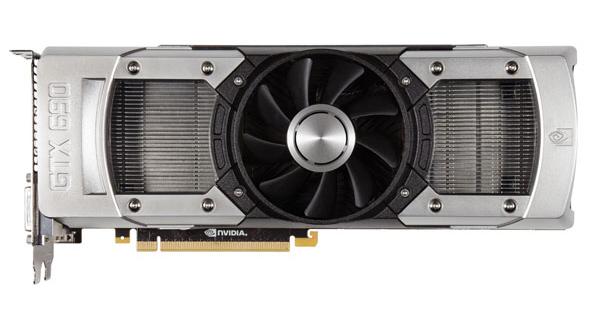
The cooler is two slots wide. On top of the cooler you’ll find GEFORCE GTX logo, which EVGA strapped with controllable lighting.
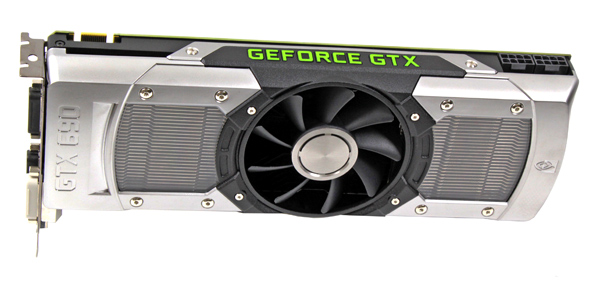
The fan is within a magnesium bracket. Apart from looking better, this offers superior thermal and audio characteristics from widely used plastics and aluminum.
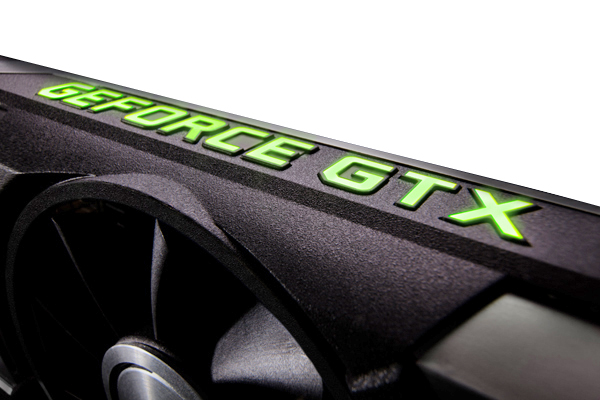
The LED under the sign „GEFORCE GTX“ shines constantly but EVGA allows users to play around a bit. The picture below shows the LED controller.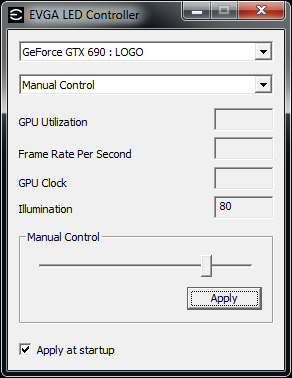
The first drop down let us select the card logo we want to adjust (option for Quad systems). The second drop down let us select various different options. IMPORTANT NOTE: Anything other than manual control REQUIRES EVGA Precision X to be running in the background! For FPS Monitoring make sure that you have FPS monitoring enabled in EVGA Precision X.
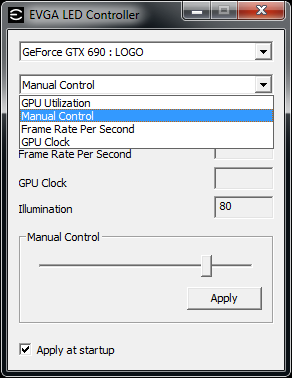
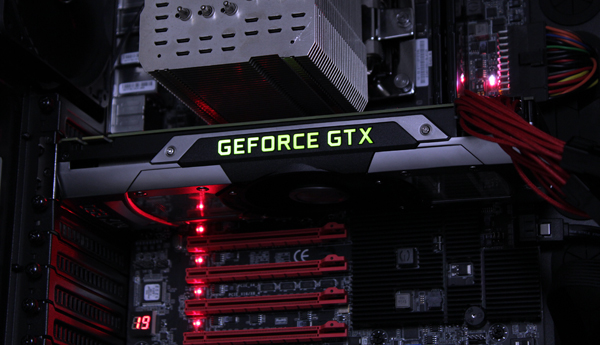
Each centimeter of the cooler is stylized to look its best. The side panels are made of polycarbonate and let users peek into the heatsink.
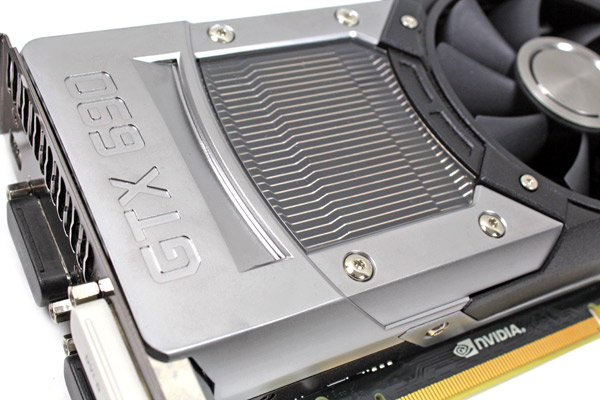
The cooler actually has two separate heatsinks. The fan is placed in the middle, so as to cool both heatsinks at the same time. 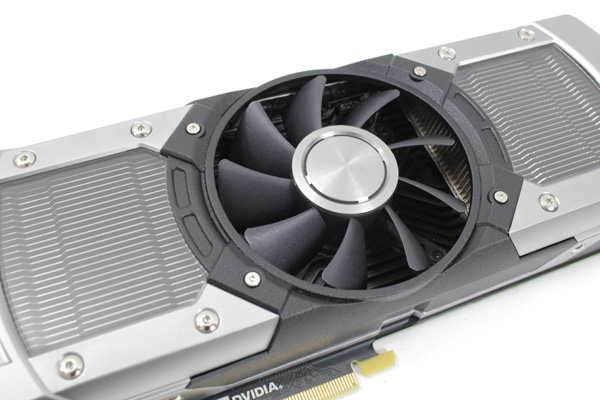
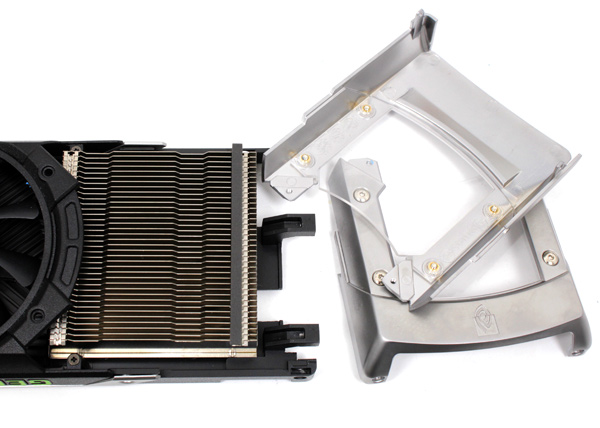
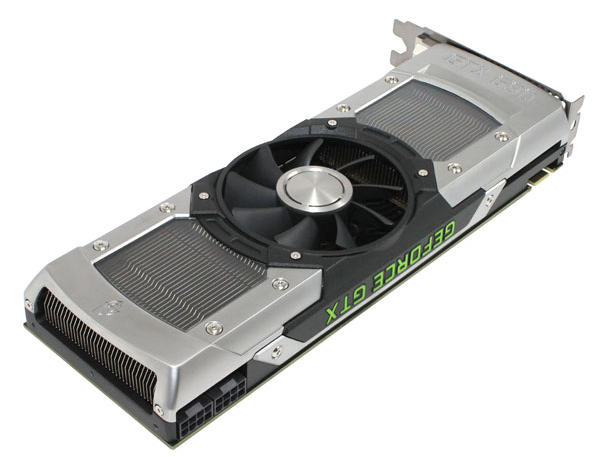
Both heatsinks sit on nickel-plated vapor chambers. Vapor Chamber technology enables for making compact coolers, and GTX 690 is a perfect example of this.
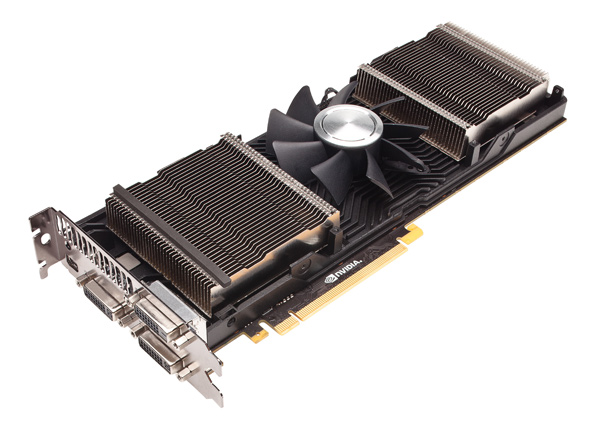

Two GK104 graphics chips are linked via PCI-Express 3.0 SLI bridge chip (PLX design with 48 lanes). As for power supply, Nvidia used 10-phase power for the two GPUs and two phases for memory. The PCB is made of ten layers with 2OZ of copper per layer. All the components are low-profile, so that the cooler could sit on them comfortably and decrease turbulence and noise.
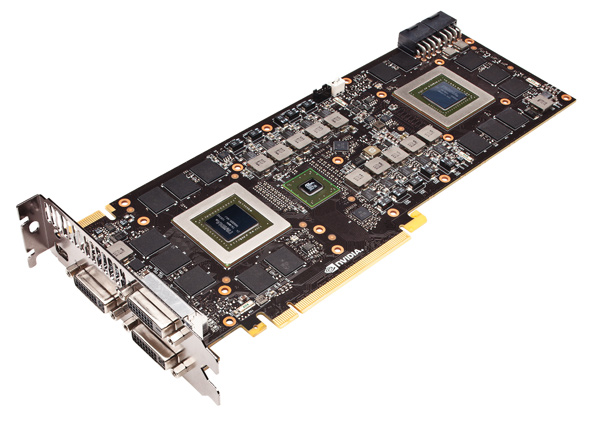
The card uses Samsung GDDR5 memory. The chips (model K4G20325FD-FC03) are specified to run at 1500 MHz (6000MHz GDDR5 effectively).
Complexity of the design is evident from the quite populated back of the PCB.
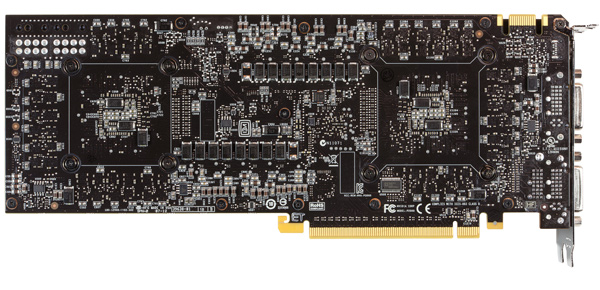
GTX 690 has four video connectors and all can be used simultaneously. The card has plenty of power to run 3D on three displays. The DVI connectors, all three of them, are dual-link capable. Two of them are DVI-I and come with black protective caps, which means that they won’t support an analog VGA display. HDMI sound chip is in the GPU and that card comes with a DVI-to-HDMI dongle.
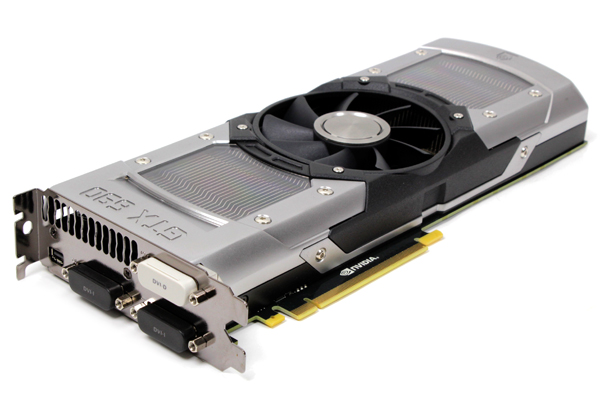
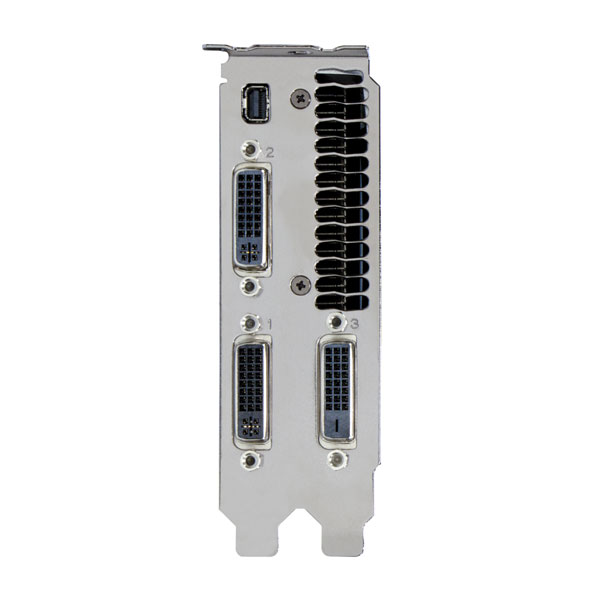
GTX 690 comes with a single SLI connector, meaning it can run in quad SLI.

